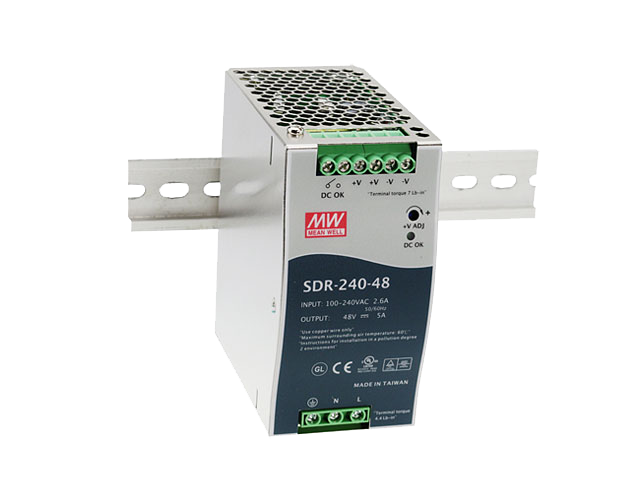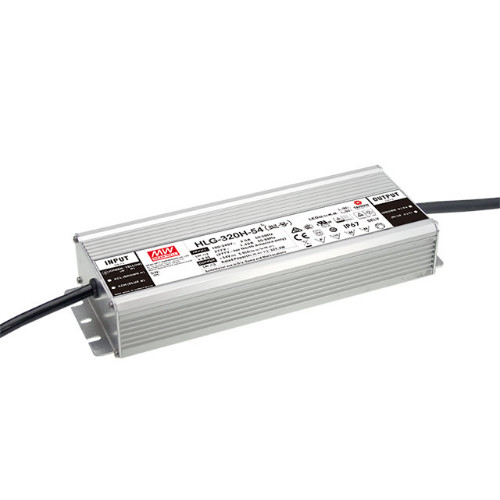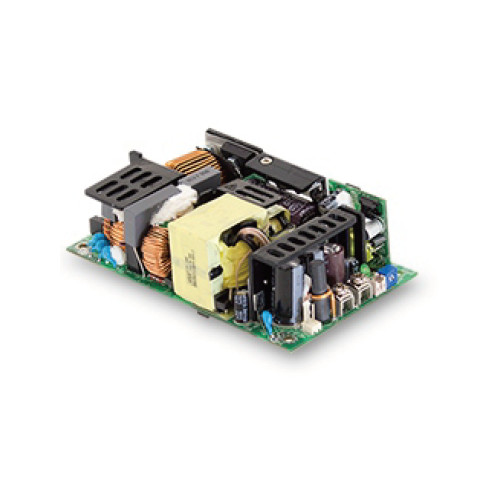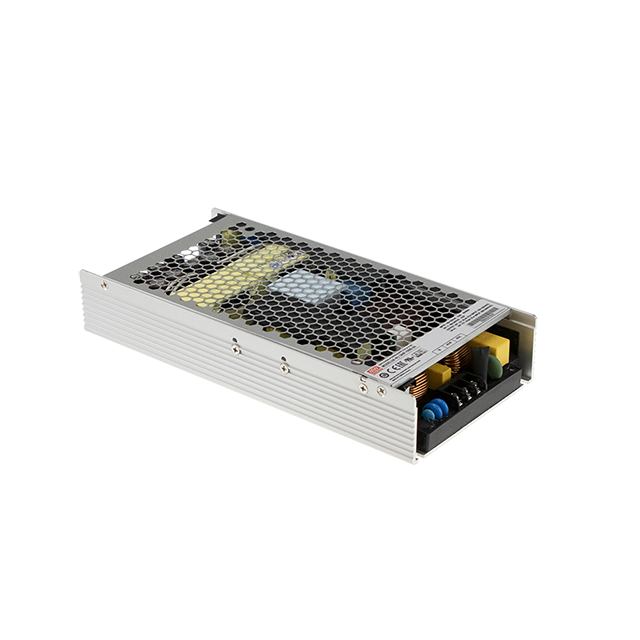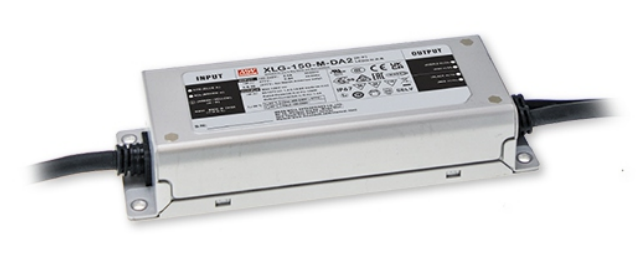
The evolution of DALI technology: From DALI to DALI2
DALI technology has evolved significantly over time and is now known as DALI 2. From the early days of DALI up to the latest DALI 2 version, this revolutionary technology has become an industry-wide standard. Staying at the cutting edge of technology is crucial for companies. DALI 2 offers improved interoperability, expanded features, and more precise control of lighting systems. This advancement enables businesses to deliver flexible, energy-efficient solutions that meet the needs of any building. By deploying DALI 2–based lighting systems, companies can achieve substantial energy savings while providing enhanced usability and more versatile control options. With the evolution from DALI to DALI 2, the possibilities for lighting control have expanded dramatically. Learn more about the evolution of DALI technology and how you can benefit from DALI 2’s advantages.
Introduction to DALI Technology
DALI, which stands for “Digital Addressable Lighting Interface,” has established itself as a key standard for lighting control. It enables precise and flexible management of light sources across a wide range of applications, from commercial buildings to residential spaces. Originally developed in the late 1990s to meet the growing demands of modern building lighting systems, DALI introduced a digital communication protocol between various lighting components, greatly enhancing efficiency and user experience.
A central feature of DALI is its ability to address each light fixture individually. This means not only switching lights on and off but also adjusting brightness and color temperature. Such flexibility is vital in environments requiring varied lighting conditions, such as offices, schools, or museums. The capability to program complex lighting scenes is another major benefit of DALI technology, allowing users to tailor illumination precisely to their needs.
Over the years, DALI has continued to evolve and was ultimately upgraded to DALI 2—a more advanced version offering even greater functionality and performance. This evolution reflects the increasing industry demand for energy efficiency and flexibility. Companies implementing these technologies can reduce operating costs and minimize environmental impact through optimized energy usage.
What Is DALI?
DALI, or Digital Addressable Lighting Interface, is an open standard for digital control of lighting systems. Developed by the DALI Alliance, it ensures interoperability among devices from different manufacturers. DALI supports integration of diverse light sources—LEDs, halogen lamps, and fluorescent tubes—into a single system. Standardization simplifies combining different products and creating cohesive control solutions.
A core aspect of DALI is its bidirectional communication: commands are sent to fixtures, and feedback returns to the control system. This continuous monitoring and adjustment enable real-time energy management, allowing consumption to be optimized dynamically. DALI also integrates seamlessly with broader building automation systems—linking lighting control with HVAC and security systems to deliver a unified, energy-efficient environment. Thus, DALI serves not just as a lighting control protocol but as a cornerstone of modern building automation.
Benefits of DALI Technology
DALI technology offers multiple advantages that make it a preferred choice in the lighting industry:
Flexibility: Individual addressing allows customized configurations for different zones—work areas, relaxation spaces, or presentation zones—tailored to specific needs.
Energy Efficiency: With time schedules, occupancy sensors, or daylight harvesting, lighting runs only when needed, cutting energy consumption and lowering costs.
Ease of Installation and Maintenance: As an open standard, DALI supports devices from various manufacturers, reducing vendor lock-in and enabling best-in-class component selection. Many DALI-compatible products include self-diagnostics to preemptively identify and resolve issues.
Scalability: The system can grow with facility needs—adding fixtures or control devices is straightforward without overhauling the entire network.
DALI vs. DALI 2: Key Differences
While the original DALI standard was already advanced, DALI 2 introduces several important enhancements:
- Improved Interoperability: DALI 2 tightens communication protocols, ensuring seamless operation among diverse devices and simplifying system integration.
- Expanded Feature Set: Beyond brightness control, DALI 2 supports color temperature and color tuning, enabling dynamic, human-centric lighting scenarios.
- Enhanced User Experience: New interface standards make configuration and daily operation more intuitive, reducing the technical expertise required for end users.
- Advanced Diagnostics: Detailed status feedback and error reporting facilitate proactive maintenance, minimizing downtime and extending system lifespan.
Evolution of DALI Technology
DALI’s journey began in the late 1990s, prompted by a need for a unified lighting control protocol in an era of disparate proprietary systems. The DALI Alliance’s establishment set the stage for the first DALI specification, ushering in digital control that improved operational efficiency and user convenience. As energy efficiency and environmental concerns grew, demand mounted for a more robust standard—leading to the development of DALI 2. This update not only enhanced lighting control but also optimized overall building energy management.
New Features in DALI 2
DALI 2’s new capabilities make it the superior choice for modern lighting installations:
Seamless Multi-Vendor Integration: Standardized protocols guarantee cross-manufacturer compatibility without custom programming.
Fine-Tuned Light Control: Adjust brightness, color temperature, and RGB color channels for immersive, adaptive lighting environments.
Comprehensive Monitoring: Real-time data on power usage and device health supports predictive maintenance and energy reporting.
Simplified Commissioning: Automated device discovery and standardized commissioning tools accelerate installation and reduce errors.
Importance of DALI 2 for the Lighting Industry
DALI 2 has become a cornerstone in professional lighting, enabling companies to meet stringent efficiency targets while offering advanced user experiences. Its integration with smart-building platforms allows holistic control of lighting alongside HVAC, security, and other systems—paving the way for truly intelligent, sustainable buildings. Lighting designers and architects now leverage precise DALI 2 control to shape atmospheres, influence occupant well-being, and highlight architectural features.
Future Outlook
Looking ahead, DALI 2 will deepen its role in smart buildings and IoT ecosystems. Real-time data analytics and machine-learning algorithms will enable lighting systems that adapt autonomously to occupant behavior and environmental changes, driving further energy savings. As the standard evolves, ongoing training and certification programs will be vital for installers and facility managers to fully exploit DALI 2’s capabilities.
Application Examples
Offices: Dynamic lighting scenes for focus, collaboration, and relaxation zones, boosting productivity and comfort.
Education: Adaptive classroom lighting that shifts from presentation mode to exam-appropriate illumination with a single command.
Retail: Color-tunable displays that highlight merchandise and create engaging seasonal ambiances.
Healthcare: Tunable white light in patient rooms and clinics to support circadian rhythms and improve patient outcomes.
The advancement from DALI to DALI 2 marks a significant leap in lighting control technology. With superior interoperability, richer functionality, and user-friendly interfaces, DALI 2 empowers businesses to optimize operations, reduce environmental impact, and deliver exceptional lighting experiences.
DALI constant voltage power supplies,
DALI constant current power supplies,

